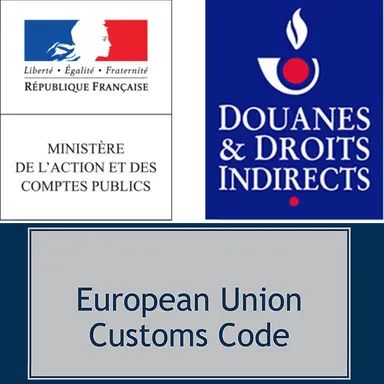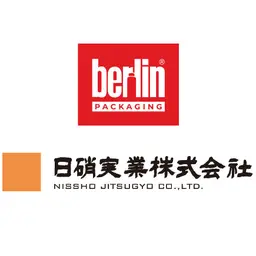
Within the framework of its partnership with CosmeticOBS, Business France points out that the French DGDDI (Directorate General of Customs and Indirect Duties) has just sent a note to operators concerning the modalities for implementing the tariff grouping provided for in Article 177 of the Union Customs Code (UCD) within the framework of a customs declaration. With a few clarifications in the form of a reminder of the rules.
Where an import or export operation involves more than one customs nomenclature, the rule requires the goods to be declared in detail on the customs declaration. Sometimes, however, it is found that the consignment is declared under only one nomenclature, usually the one most representative of the consignment. However, in order to simplify the administrative seizure and reduce the cost of the customs service, the company or its declarant runs the risk of being accused of tariff fraud by choosing the nomenclature of the least taxed consignment.
This practice of tariff grouping is nevertheless based on a legal basis: Article 177 of the EU Customs Code (OJEU L269 of 10 October 2013).
In a note to operators dated 6 August 2020, the DGDDI explains how to implement this Article 177 and demonstrates at the same time that this cannot be done systematically or automatically.
The note is structured around eight questions to which it provides answers and examples:
1. What is tariff grouping?
2. What is not tariff grouping?
3. What are the restrictions on the use of tariff bundling?
4. Who can benefit from the tariff bundle?
5. How can an application for a tariff grouping be filed and …













